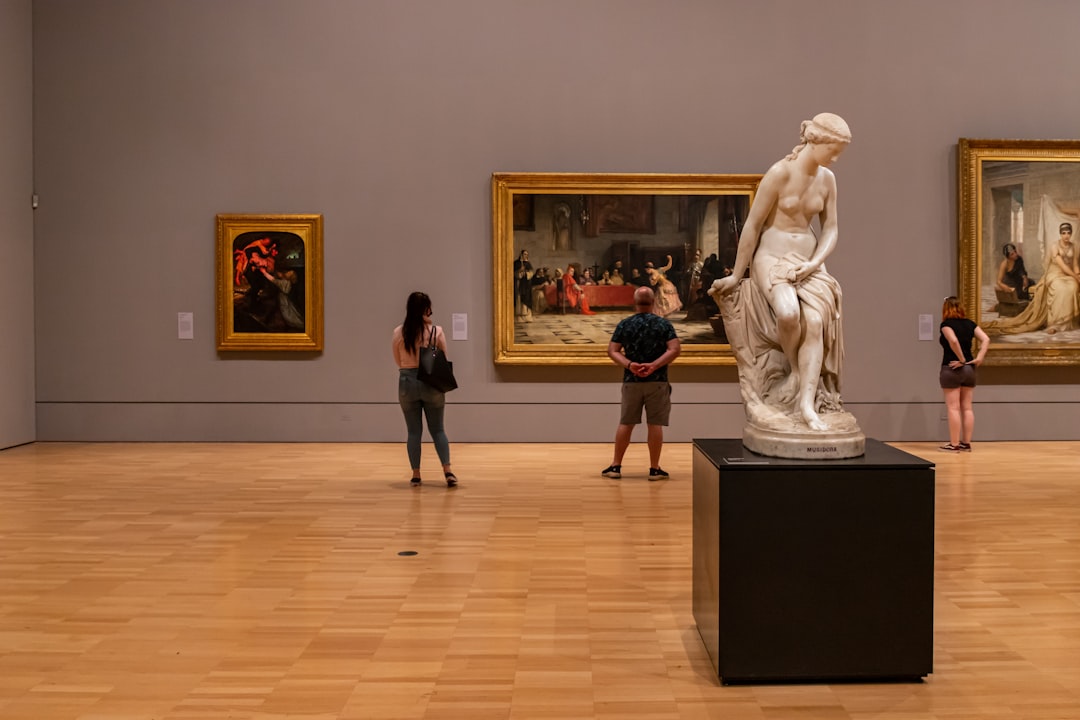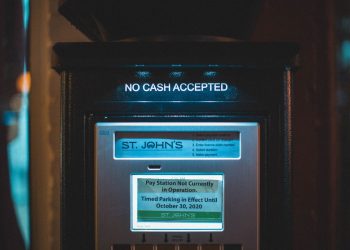No products in the cart.
The Balancing Act of AI and Fine Arts: Will Collectors Embrace AI-Generated Works?
AI-generated art is challenging traditional perceptions in the fine arts market. Will collectors embrace this new frontier?
San Francisco, USA — AI-generated art is reshaping the landscape of fine arts, sparking debates among collectors and artists alike.
As digital tools become more sophisticated, the art world grapples with questions of authenticity and value. Can a piece created by an algorithm hold the same worth as one crafted by a human hand? This dialogue is crucial, especially as the market for AI art begins to take shape.
In recent years, AI-generated art has gained notoriety, with platforms like OpenAI’s DALL-E and Midjourney enabling users to create stunning visuals through simple text prompts. The art community has responded with a mix of fascination and skepticism. Traditionalists warn that AI could dilute the essence of creativity, while proponents argue it opens new avenues for artistic expression.

The Rise of AI Art and Collector Attitudes
Data from a recent survey conducted by Hiscox highlights a growing acceptance of AI-generated art among collectors. In 2023, 44% of surveyed collectors expressed interest in acquiring pieces created by machines, a significant leap from previous years[1]. This trend suggests a shift in how art is perceived, with many seeing AI as a collaborator rather than a competitor.
Additionally, auction houses like Sotheby’s have started to include AI-generated works in their sales. In October 2022, a piece by the AI artist Refik Anadol sold for $1.4 million, indicating that collectors are willing to invest in this new genre[2]. However, this raises questions about the future value of AI art. Will these pieces hold their worth as technology advances?
Additionally, auction houses like Sotheby’s have started to include AI-generated works in their sales.
Critics argue that while AI can produce visually stunning art, it lacks the emotional depth and conceptual framework often associated with human-created works. Renowned artist and critic Jerry Saltz stated, “AI art is a reflection of algorithms, not a reflection of the human experience”[3]. This perspective underscores a significant divide in the art community, where the soul of creativity is often seen as irreplaceable.
The Role of Hybrid Artists
Emerging from this landscape are hybrid artists—those who blend traditional techniques with AI tools. These artists often find themselves navigating two worlds, balancing the expectations of traditional art lovers with the innovative spirit of the digital realm. For instance, artists like Mario Klingemann and Anna Ridler are pioneering this fusion, creating works that challenge the boundaries of authorship and creativity.
Klingemann, known for his AI-generated installations, emphasizes the importance of human input in the creative process. “AI is a tool, much like a paintbrush or camera. It’s how you use it that defines the art,” he notes. This sentiment resonates with many in the art community who advocate for a collaborative approach between human and machine.
Moreover, educational institutions are also adapting to this trend. Art schools are beginning to offer courses that integrate AI technology into traditional fine arts curricula. This evolution reflects a broader recognition of AI’s role in shaping the future of creativity. Students are learning not only how to create with AI but also how to critique and understand its implications within the art world.
As the market for AI-generated art expands, it raises critical questions about copyright and ownership. Who owns an artwork created by an algorithm? Is it the programmer, the user, or the machine itself? These questions are not just theoretical; they have practical implications for artists and collectors alike. Legal frameworks are struggling to keep pace with technological advancements, leaving many uncertain about the future of their investments.
Looking Ahead: The Future of AI in Fine Arts
As we look to the future, the intersection of AI and fine arts will likely continue to evolve. The acceptance of AI-generated art among collectors signals a possible shift in cultural values, where innovation is celebrated alongside tradition. For artists, this presents an opportunity to redefine their practice and explore new creative territories.
Students are learning not only how to create with AI but also how to critique and understand its implications within the art world.
Moreover, the dialogue surrounding AI art is essential. It pushes us to reconsider our definitions of creativity, ownership, and value in art. As technology continues to advance, it’s crucial for artists, collectors, and critics to engage in these conversations. The art world must adapt to the changing landscape, embracing new tools while honoring the human experience that underpins all creativity.
In the coming years, we may witness a more integrated art market, where AI and human-created works coexist and complement each other. Collectors will need to remain discerning, balancing their investments with an understanding of the broader implications of technology on art. Ultimately, the future of AI in fine arts is not just about the art itself but about how we engage with and interpret that art in an increasingly digital world.











